Aruba is located in the Caribbean islands off the coast of Venezuela and is a well-liked vacation destination for all types of people. Aruba has a lot to offer everyone, including breathtaking beaches and unusual wildlife. Aruba had more than two million tourists in 2019.
The diverse animals in Aruba may captivate tourists. Numerous species of wildlife, such as lizards, butterflies, donkeys, and even dangerous animals, may be found on this island. Visitors may also experience a number of animal sanctuaries in Aruba.
Although visitors may find Aruba’s fauna attractive, a number of these species may be harmful to people. Thus, we have looked at the deadly animals of Aruba.
The top six dangerous animals in Aruba island are listed below:
1. Venomous Pit Vipers/Aruba Rattlesnakes
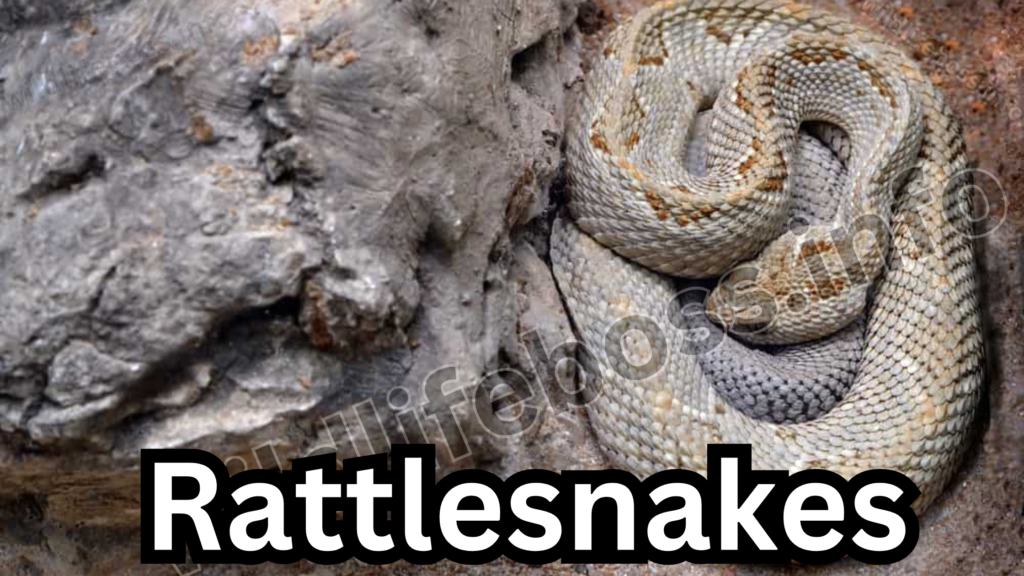
Scientific name: Crotalus unicolor
Classification: Reptile
Habitat: Dry and rocky terrains
Diet: Carnivore
Conservation status: Critically Endangered
Quick summary: These snakes try to avoid human contact, but when they do bite, they can cause serious health issues.
Another common name for poisonous pit vipers in Aruba is the Aruba Rattlesnake. An estimated 230 species of dangerous animals like Aruba rattlesnakes remain in the world, making them very vulnerable.
These snakes are unique to the Caribbean island of Aruba, and they are mostly found in the lower southeast, where there are many rocky and dry regions.
Aruba Rattlesnakes’ preferred meal is Aruba Whiptail Lizards. The snakes may potentially eat birds in addition to these Aruban lizards.
Interestingly, Aruba Rattlesnakes are solitary creatures who live most of their lives inside a 1-2 square mile area!
There is almost little chance of encountering an Aruba rattlesnake on the island. Moreover, the snakes rarely attack humans.
What Makes Aruba Rattlesnakes Dangerous?
- Although bites to humans have been reported over time, these rattlesnakes are quite infrequent.
- An Aruba rattlesnake’s powerful fangs ensure that its bites will be painful. Rest assured that certain snake bites will be “dry,” meaning they won’t inject venom.
- When the snakes bite, they can release a significant amount of venom. Human skin tissue can be broken down by their toxicity.
- In addition, internal hemorrhage, shock, seizures, compartment syndrome, and eventually organ failure can be brought on by an Aruba rattlesnake bite.
2. Sharks

Scientific name: Selachimorpha
Classification: Chondrichthyes
Habitat: Deep oceanic areas
Diet: Carnivore
Conservation status: Endangered
Quick summary: Shark attacks are rare in Aruba, but these dangerous animals sharp teeth may cause fatal injuries to people.
When visiting Aruba, one aquatic creature to see is sharks, since most tourists will be enjoying the beautiful beaches.
Although there are many different shark species on the island, the Caribbean Reef Shark, Nurse Shark, Tiger Shark, and Blacktip Reef Shark are some of the most often seen types.
Sharks are dangerous animals that may vary widely in size and weight. Smaller sharks can reach lengths of up to four feet, while larger sharks can reach incredible lengths of thirty-two feet. Furthermore, sharks are available in a multitude of vibrant colors, such as blue and green.
However, sharks may be seen all across Aruba, however they are often located in deeper seas off the main tourist route.
Therefore, one needs to be a little more careful when sailing, scuba diving, or snorkeling in Aruba’s deeper seas.
The vast majority of sharks that inhabit Aruba’s seas do not act violently against people who use their waters. There haven’t been any reported shark attacks in Aruba since 2015.
But horrible things do happen, and humans can get attacked by sharks.
What Make Dangerous Animals to Shark?
- There are several large sharks in Aruba, which are dangerous animals that may attack humans at any time.
- Shark teeth may cause horrific damage to humans, including limb loss or even death.
- There are three types of shark attacks:
- (1) the most common type, “hit-and-run;”
- (2) “bump-and-bite;” and
- (3) “sneak attacks.”
Sea also: 7 Most Dangerous Animals In Bali
3. Jellyfish
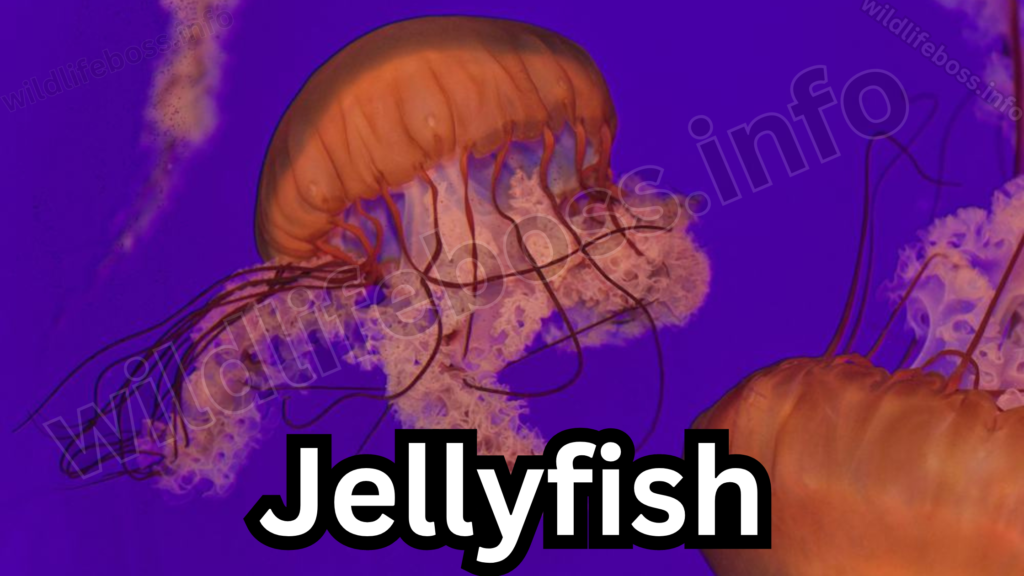
Scientific name: Aurelia
Classification: Scyphozoa
Habitat: Warm or cold oceans
Diet: Carnivore
Conservation status: N/A
Quick summary: The oceans around Aruba are home to jellyfish, and it’s typically hard to avoid getting stung by one.
It’s possible to come across an unwanted jellyfish close to the Aruba beach. There is an abundance of marine life in the oceans surrounding Aruba.
Jellies may proliferate near the shore during a period of heavy rain. Ocean currents that are dependent on the direction of the wind transport jellyfish to various regions of the ocean.
Because jellyfish are transparent, it may be challenging to view them up close. Upon realizing the presence of a jellyfish, it may be too late to save oneself from these dangerous animals.
Unfortunately, jellyfish do not actively aim to avoid humans, thus they often bite anyone they come into contact with. Thus, in Aruba, they are regarded as dangerous animals.
What Make Dangerous Animals to Jellyfish?
- Tentacles are used by jellyfish to sting humans. The several poisoned microneedles that are causing these stings.
- Some jellyfish species, such as the box jellyfish, may sting humans for up to several minutes before they die.
- The majority of jellyfish stings result in skin burning or irritation. Human skin normally becomes red after being stung by a jellyfish.
- More severe health issues including nausea and vomiting, stomach discomfort, hyperhidrosis, chest pain, and breathing difficulties can be brought on by jellyfish stings.
4. Boa Constrictors

Scientific name: Boa constrictor
Classification: Reptile
Habitat: Deserts, savannas, forests
Diet: Carnivore
Conservation status: Least Concern
Quick summary: These invading snakes have hooked fangs and flexible jaws that allow them to swiftly suffocate their hapless prey.
Boa constrictors are able to thrive across the island of Aruba due to the humidity levels produced by the island’s physical environment. These snakes have been seen not just in Aruba’s less inhabited areas but also in more developed areas.
Boa constrictors have spread quickly over Aruba. A female boa constrictors can give birth to up to fifty snakes at once!
In addition, the scarcity of predators that hunt boa constrictors contributes to their rapid population growth. Since boa constrictors are not indigenous to Aruba, they are considered invasive.
Boa constrictors are sufficiently adaptable snakes that, on the island of Aruba, they have been known to spend lengthy trips hidden beneath cars.
Boa constrictors halt their active hunting to gather food, acting as ambush predators. Contrarily, boa constrictors wait for their victim to approach. Lizards and birds make up a boa constrictors’ usual diet.
Despite their intimidating look, dangerous animals like Boa constrictors—whose females may grow to be over nine feet long—rarely attack humans.
What Makes Boa Constrictors Dangerous Animals?
- Boa constrictors are big, hefty snakes! There have been reports of these snakes growing up to four meters in length and weighing over a hundred pounds.
- Boa constrictors can quickly inhale down their food because to their extraordinarily big lips.
- These snakes’ hooked fangs allow them to seize and hold onto their prey. Then, with their prey still in their deadly grasp, boas suffocate them.
Sea also:6 Most Dangerous Animals In Austria (With photos)
5. Green Iguana
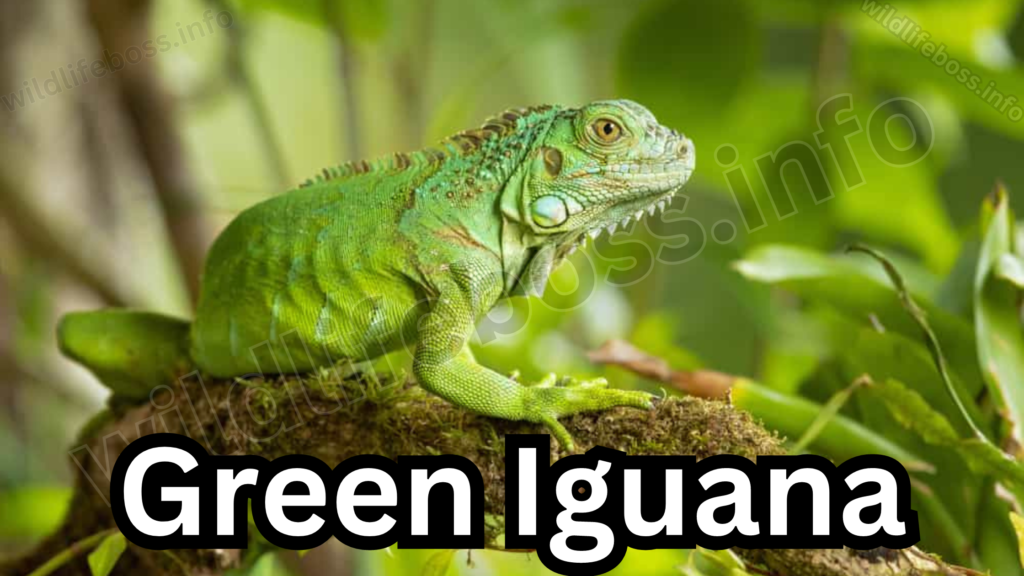
Scientific name: Iguana iguana
Classification: Reptiles
Habitat: Tropical climates and rainforests
Diet: Herbivores
Conservation status: N/A
Quick summary: There are many green iguanas in Aruba; although they are generally not dangerous, they will attack people if they feel threatened.
Green iguanas may be found on the Caribbean islands, which include Grenada, Aruba, and Bonaire.
These multicolored iguanas have hues ranging from green to black. When an iguana senses danger, its color normally darkens.
These iguanas are expert climbers and covert swimmers. Green iguanas have a number of efficient protection mechanisms against predators, including as camouflaging and hiding beneath trees.
Adult males have been reported to reach up to two meters in length! Green iguanas are natural herbivores that adore vegetation, fruits, and flowers.
If a green iguana is afraid or disturbed, it will swim or flee. If the iguana cannot get away from the predator, it will use its fangs, claws, and spikey tail to fight and protect itself.
Though they seldom attack people without notice, green iguanas are dangerous animals in Aruba that have the potential to injure people if necessary.
What Makes Green Iguanas Dangerous Animals?
- Poison is released by a green iguana’s bite. Though their venom seldom poses a threat to humans, these iguanas can still cause agony due to their strong jaws and teeth.
- Green iguanas also have spiky tails, which they will use to protect themselves in the event of an attack.
- If necessary, the iguanas can also travel rather swiftly in the direction of people.
6. Baker’s Cat-Eyed Snake
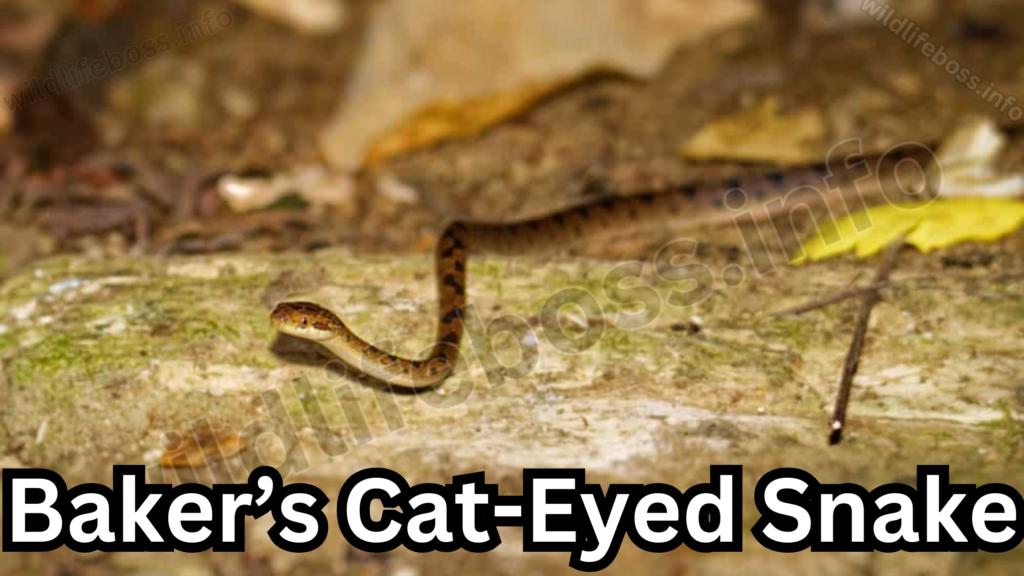
Scientific name: Leptodeira bakeri
Classification: Reptiles
Habitat: Grasslands, rainforests
Diet: Carnivore
Conservation status: N/A
Quick summary: A captivating lizard that lives at night in the Caribbean island of Aruba is referred to as a “santanero”.
This uncommon species is sometimes called the baker’s cat-eyed snake because of its cat-like eyes. But you won’t want to see this specific species cuddled up to your chest very soon!
Its venom is not fatal, but it is potent enough to inflict severe pain and muscular aches if provoked or startled, so don’t put yourself in danger by trying to touch one. Any human interaction may be unbearable due to its fragrance.
They may be seen around dams during the rainy season, when they spend the day hidden beneath rocks or tree leaves and emerge at evening to stroll along roadsides.
What Makes The Baker’s Cat-Eyed Snake Dangerous Animals?
- South and Central America may be home to the non-venomous Baker’s Cat-Eyed Snake (Leptodeira bakeri).
- It produces venom that is not very harmful.
- Since they are not believed to be aggressive and seldom bite, their main line of protection against predators and territorial disputes is concealment.
- They are considered dangerous creatures because, even in the wild, they have the potential to bite if they feel threatened. As such, they should always be handled carefully. It’s best to admire this type of snake from a safe distance because it might grow angry if approached too near.
Conclusion
All things considered, the abundance of animals in Aruba draws a large number of visitors each year. Around the island, one may spot a lot of strange animals.
Although there are some dangerous animals in Aruba, the majority of the island’s fauna does not actively endanger humans. But in some circumstances, any animal has the capacity to act violently against humans. To get the most out of your wildlife viewing experience, be careful to keep a safe distance from the island’s wildlife.

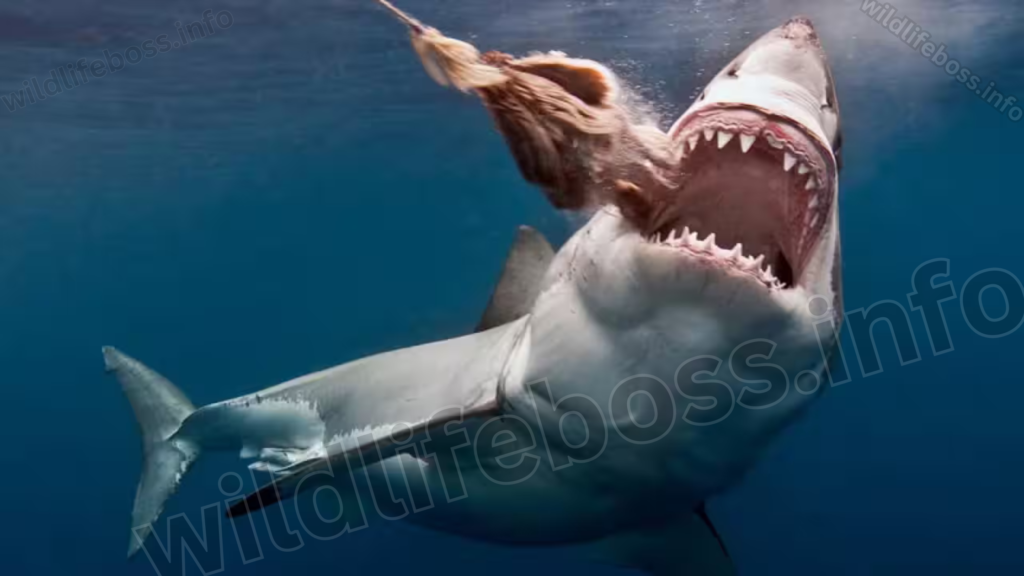
Pingback: 6 Most Dangerous Animals In Austria (With Photos) - Wildlifeboss.info